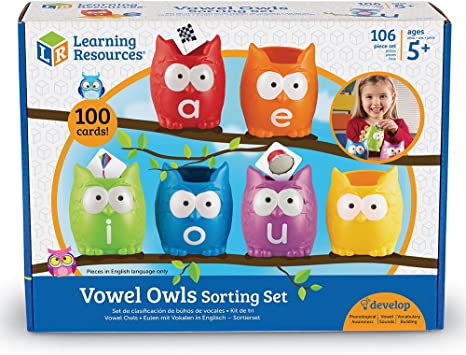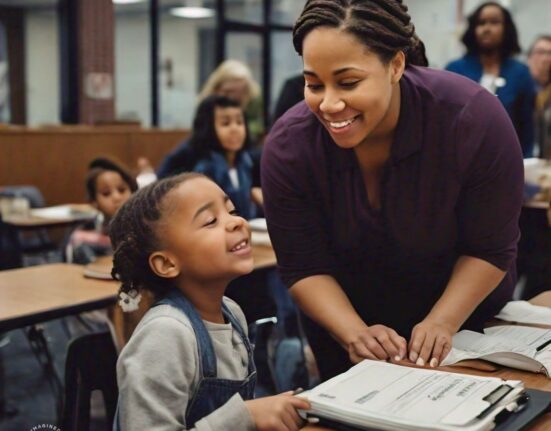There is no set age at which each child has to begin to learn reading. Reading ability is complex, and before children begin their formal reading instruction, there is a lot of learning about language and speech that takes place. It is helpful to remember that while an individual child may not yet be reading, her or she is still immersed in the process of acquiring the skills that are fundamental to fluent reading and reading comprehension. If your child expresses a keen interest in words and reading, s/he may be ready to learn more and the resources discussed below can help enrich your child’s development.
Hannah Braun, Ed. D. is the author of a best-selling book on Amazon that walks you through 101 fun activities as your child is learning the letter sounds and beginning to read. This book is loved by so many teachers, parents, and homeschool educators that it is guaranteed to help you embark on the reading journey in the developmentally appropriate sequence.
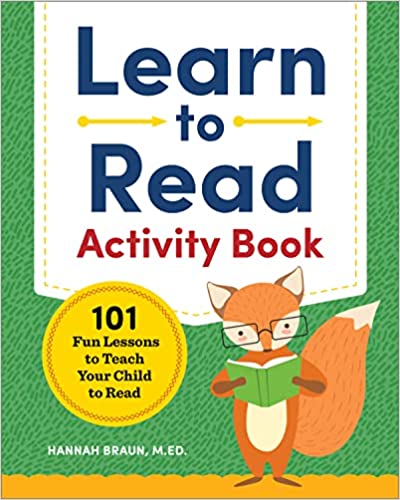
This is the link to Dr. Braun’s internet page where she posts more resources for elementary school educators, including her worksheet bundles on Teachers Pay Teachers and more books by her.
https://linktr.ee/theclassroomkey
As you’re following Dr. Hannah Braun’s guide, it is also helpful to incorporate children’s tactile perception into learning about the shapes of the letters. Practice gently tracing the letters cut out from sandpaper with the child and talk to him or her about what each letter looks like. A special emphasis on the differences between commonly confused letters- b, d, p, q- will assist the child in forming a stable visual representation for each letter, as a result they will be better prepared for writing activities in the future. One technique that helps children learn to distinguish b, d, p, q is teaching them to put their thumb up on the left hand for the ‘b’ pattern and a thumb up on the right hand for the ‘d’. After that, you rotate the wrists and make two thumbs down on the left and the right side for letters ‘p’ and ‘q’ accordingly.
Here are the images to demonstrate how hand signals can be incorporated into teaching children to differentiate b, d, p, and q.




This bundle of uppercase and lowercase sandpaper letters by DIDAX is great to introduce phonetic alphabet to children, each card will show the direction of correct letter tracing. The bundle also includes a package of sandpaper numerals.
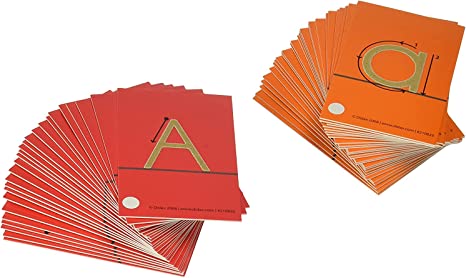
After your child has mastered the basics of letter-sound correspondence, as well as blends and digraphs from Hannah Braun’s book, sight words can be introduced on flashcards. Practicing finding these words in the books, food packaging and labels, and street signs will reinforce reading skills and show how important it is to be able to read. Sight word readers from Scholastic, as well as Bob books series are great resources for this purpose.
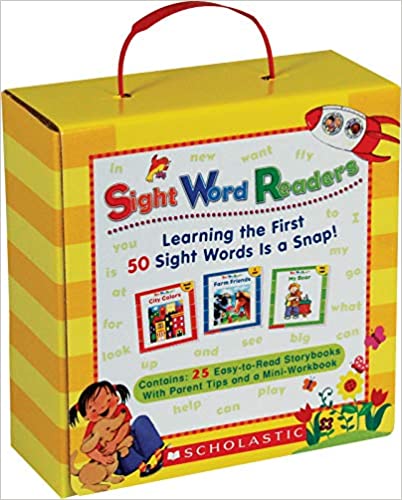
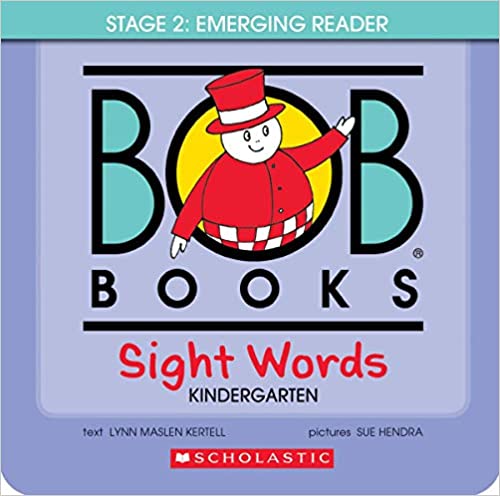
The last resource we would like to discuss is the Sorting Owls activity by Learning Resources. This is great for reviewing and reinforcing CVC words and making an introduction to long vowels and CVCE patterns. The set comes with colorful owls on which a vowel is typed, and the children can have fun sorting the picture cards into these owls. To strengthen the effects of this activity, you may also try pulling random picture cards and asking the child to identify the beginning sound, the ending sound, as well as the word that would rhyme with that picture card.
